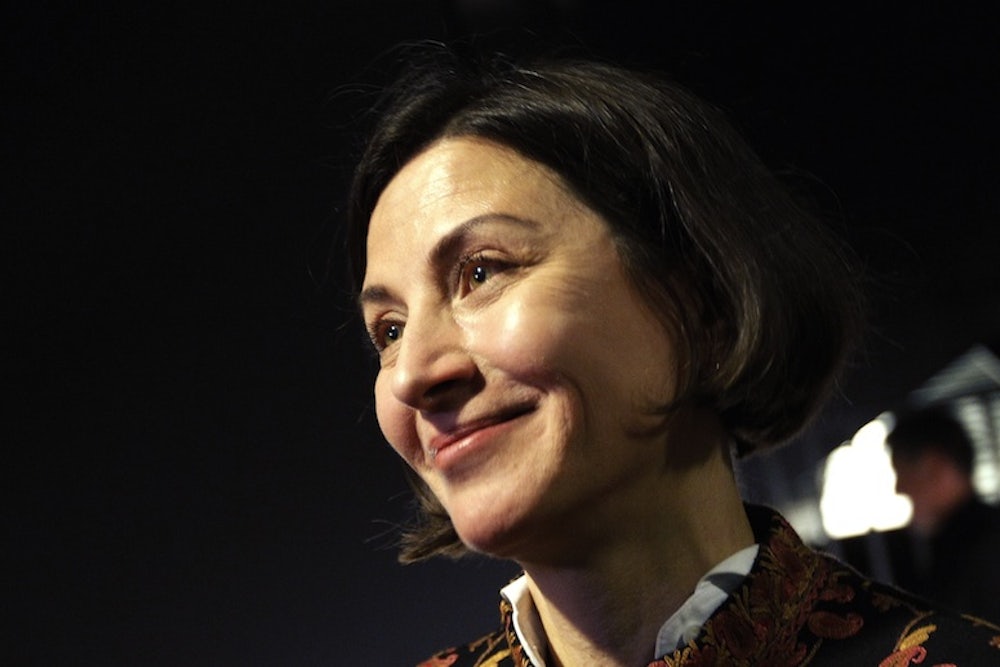Donna Tartt’s basic plot premise in The Goldfinch: Young boy is left parentless after a freak accident. Boy is taken in by a kindly but eccentric antiquarian and endures a strange childhood surrounded by beloved but crumbling remnants of the past. Boy-turned-man spends his adult life haunted by a childhood secret that, if revealed, could implicate him criminally. Oh, and boy falls madly in love with beautiful but cruelly elusive fellow ward, and pledges her his eternal devotion. Sound familiar? It should. The Goldfinch’s debt to Great Expectations couldn’t be more clear if Miss Havisham herself waltzed out on page one, fingering moldy cake and bellowing to Estella.
The Goldfinch by Donna Tartt. Little, Brown and Company, 771 pp., $30
The Goldfinch is impressive in its breadth. It’s a bildungsroman that beautifully portrays the canals of Amsterdam, that introduces perfectly wrought scenes of teenage hijinks gone awry, and that movingly captures the unmoored nature of an orphan’s psyche. But all the elegant pieces do not add up to a smooth and compelling whole, mostly because Tartt adheres to her Dickensian model at the expense of her own particular talents. Great Expectations, like The Goldfinch, was created to be a page-turner, the genre in which Tartt thrives. Tartt’s gift, however, lies in crafting closed, isolated groups that rot and fester as they attempt to bury, both physically and emotionally, their misdeeds. In her first novel, The Secret History, a wild, Bacchanalic feast in the woods leads to a murder, and the eventual undoing of a group of college outcasts. The Goldfinch’s crime—the accidental theft of a valuable piece of art—doesn’t resonate at the same frequency. In her homage to Dickens, Tartt never fully channels the Victorian’s gothic strangeness, and she loses some of her own vicious variety.
